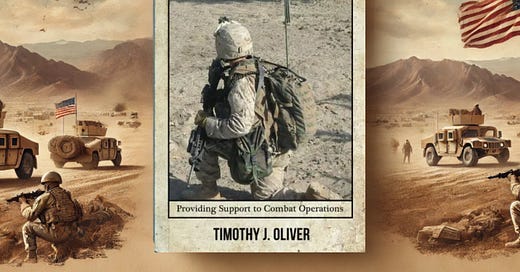Practicing Intelligence: Providing Support to Combat Operations
Intelligence on the Frontline: What Doctrine Doesn’t Teach You from a Veteran Intelligence Officer
We are pleased to welcome Tim Oliver, Colonel, USMC (Ret.), author of Practicing Intelligence, to the Visiting Authors Corner. In his book, Tim draws on his exceptional tactical and operational intelligence experience, honed over decades and with extensive time on the ground in Iraq and Afghanistan, to provide a no-frills, direct perspective on the best practices for making intelligence work on the battlefield.
Tim’s ability to translate theory into practice serves as both a guide to applying intelligence tradecraft for future battlefields—and in business—and a depiction of successful past practices in leading analysis, supporting the decision-making process, and evaluating intelligence.
We trust you’ll enjoy the valuable insights he shares in Practicing Intelligence.
How would you summarize your book Practicing Intelligence”?
The book is quite simply a guide to the practice of intelligence. It was conceived as a tool to aid intelligence professionals in the day-to-day practice of their t…
Keep reading with a 7-day free trial
Subscribe to The Military Reading Room - History, Strategy, and Insight to keep reading this post and get 7 days of free access to the full post archives.





